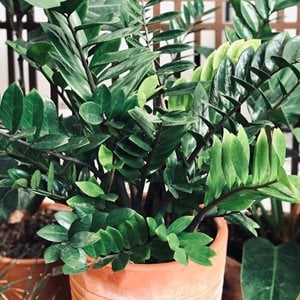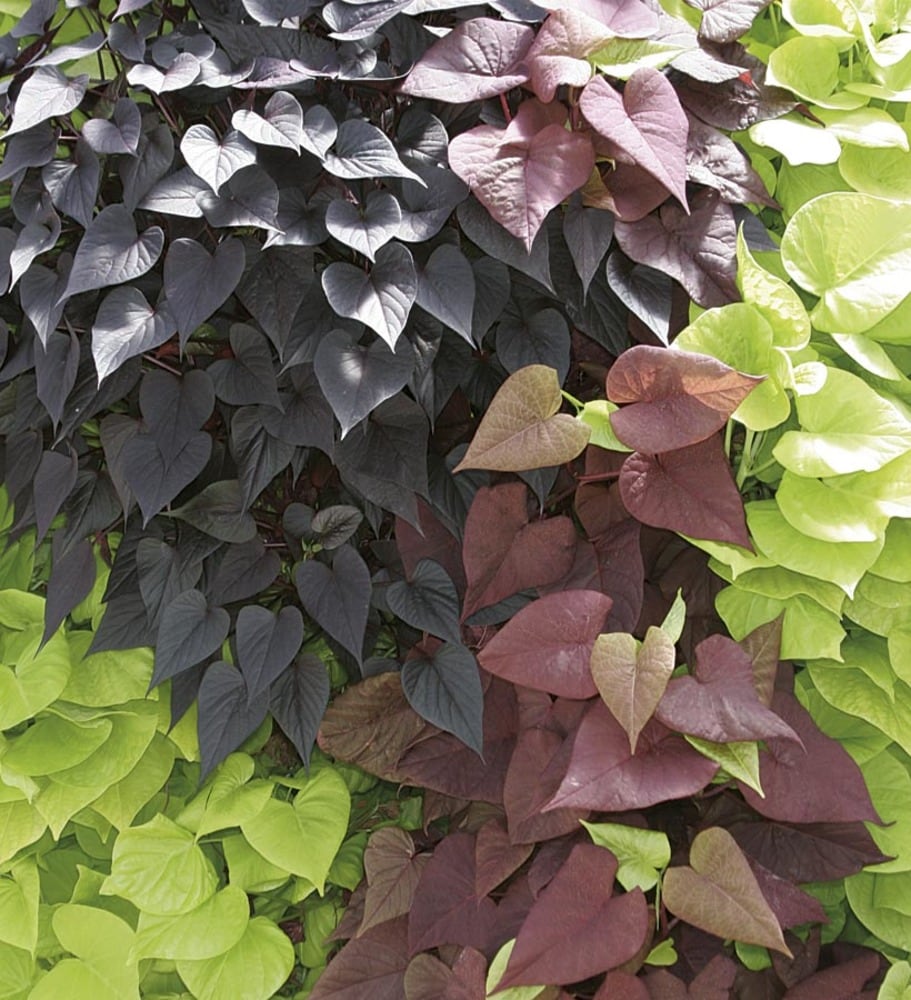Stunning Companion Plants For Your Dracaena Marginata
Dracaena marginata, also known as the Madagascar dragon tree, is a popular houseplant that is known for its long, slender leaves with red-purple edges. It is a relatively low-maintenance plant that can thrive in a variety of conditions, making it a good choice for even beginner gardeners.
One of the best ways to add interest to your Dracaena marginata is to plant it with other companion plants. Companion plants are those that complement each other in terms of their size, shape, color, and light requirements. By carefully choosing your companion plants, you can create a beautiful and thriving indoor garden.
Here are a few stunning companion plants for your Dracaena marginata:
- Snake plant (Sansevieria): Snake plants are another low-maintenance houseplant that is tolerant of low light conditions. They have long, sword-shaped leaves that come in a variety of colors, including green, yellow, and variegated. Snake plants can help to purify the air in your home, making them a healthy choice for indoor plants.
- ZZ plant (Zamioculcas zamiifolia): ZZ plants are also known for their low-maintenance care requirements. They have thick, glossy leaves that can tolerate low light and infrequent watering. ZZ plants are a good choice for people who are forgetful about watering their plants or who live in homes with low light levels.

- Pothos (Epipremnum aureum): Pothos is a vining plant that can be trained to climb a trellis or cascading over the edge of a pot. It has heart-shaped leaves that come in a variety of colors, including green, yellow, and variegated. Pothos is a fast-growing plant that is easy to care for.

- Philodendron (Philodendron spp.): Philodendrons are a diverse group of plants that come in a variety of shapes and sizes. Some philodendrons have large, glossy leaves, while others have smaller, more delicate leaves. Philodendrons are generally tolerant of low light conditions and can be grown in a variety of soil types.
- Aloe vera (Aloe barbadensis): Aloe vera is a succulent plant that is known for its medicinal properties. It has thick, fleshy leaves that are filled with a gel that can be used to treat burns, cuts, and other skin conditions. Aloe vera is also a relatively easy plant to care for and can be grown indoors or outdoors.

When choosing companion plants for your Dracaena marginata, it is important to consider the plant's size, shape, color, and light requirements. You also want to make sure that the plants will complement each other aesthetically. With a little planning, you can create a beautiful and thriving indoor garden that features your Dracaena marginata and its stunning companion plants.
Dracaena marginata is a beautiful and easy-care houseplant that can add a touch of tropical elegance to any home. But did you know that it can also be grown alongside other plants to create a stunning and harmonious display?
The best companion plants for dracaena marginata are those that have similar light and water requirements. Some good options include:
- Pothos is a vining plant with heart-shaped leaves that can trail over the edge of the pot or be trained to climb a trellis. It's a low-maintenance plant that thrives in bright, indirect light and doesn't need to be watered often. Gardenia Inspiration
- Philodendron is another vining plant with large, glossy leaves. It's a bit more demanding than pothos, but it's still relatively easy to care for. Philodendrons prefer bright, indirect light and should be watered when the top inch of soil is dry. Gardenia Inspiration
- Dieffenbachia is a striking plant with large, variegated leaves. It's a bit more sensitive to light than dracaena marginata, so it's best to place it in a spot where it will receive indirect light. Dieffenbachias should be watered when the top two inches of soil are dry. Gardenia Inspiration
If you're looking for a unique and eye-catching way to display your dracaena marginata, consider adding one of these companion plants to your pot. With a little care and attention, you'll have a beautiful and thriving plant display for years to come.
FAQ of dracaena marginata companion plants
What are some good companion plants for Dracaena marginata?
Dracaena marginata is a versatile plant that can be paired with a variety of other plants. Some good companion plants include:
- Impatiens: These colorful annuals add a splash of brightness to any space. They thrive in bright, indirect sunlight and moist soil.
- Purple sweet potato vine: This trailing plant adds a touch of elegance to any container. It prefers bright, indirect sunlight and moist soil.

- Coral bells: These low-maintenance perennials add a pop of color to any garden. They prefer partial shade and well-drained soil.
- Creeping Jenny: This groundcover plant is perfect for adding a lush, green touch to any space. It prefers partial shade and moist soil.
- Petunia: These cheerful annuals come in a variety of colors and are sure to add a smile to your face. They prefer full sun and well-drained soil.
What are the best conditions for Dracaena marginata?
Dracaena marginata is a relatively low-maintenance plant that can thrive in a variety of conditions. However, it does best in bright, indirect sunlight and moist soil. It is also important to keep the plant's leaves dust-free to help prevent pests and diseases.
How often should I water my Dracaena marginata?
The frequency of watering will depend on the climate and the size of the plant. In general, you should water your Dracaena marginata when the top inch of soil is dry. However, it is important to avoid overwatering, as this can lead to root rot.
How do I propagate Dracaena marginata?
Dracaena marginata can be propagated from stem cuttings. To do this, simply cut a 4-6 inch stem from the plant and remove the bottom leaves. Plant the cutting in a pot of well-draining soil and keep the soil moist. The cutting should root in about 4-6 weeks.
What are some common pests and diseases that affect Dracaena marginata?
Dracaena marginata is susceptible to a few common pests and diseases, including mealybugs, spider mites, and scale. These pests can be controlled with insecticidal soap or neem oil. Dracaena marginata can also be affected by root rot, which is caused by overwatering. To prevent root rot, it is important to water your plant appropriately and to make sure that the pot has drainage holes.
Post a Comment for " Stunning Companion Plants For Your Dracaena Marginata"